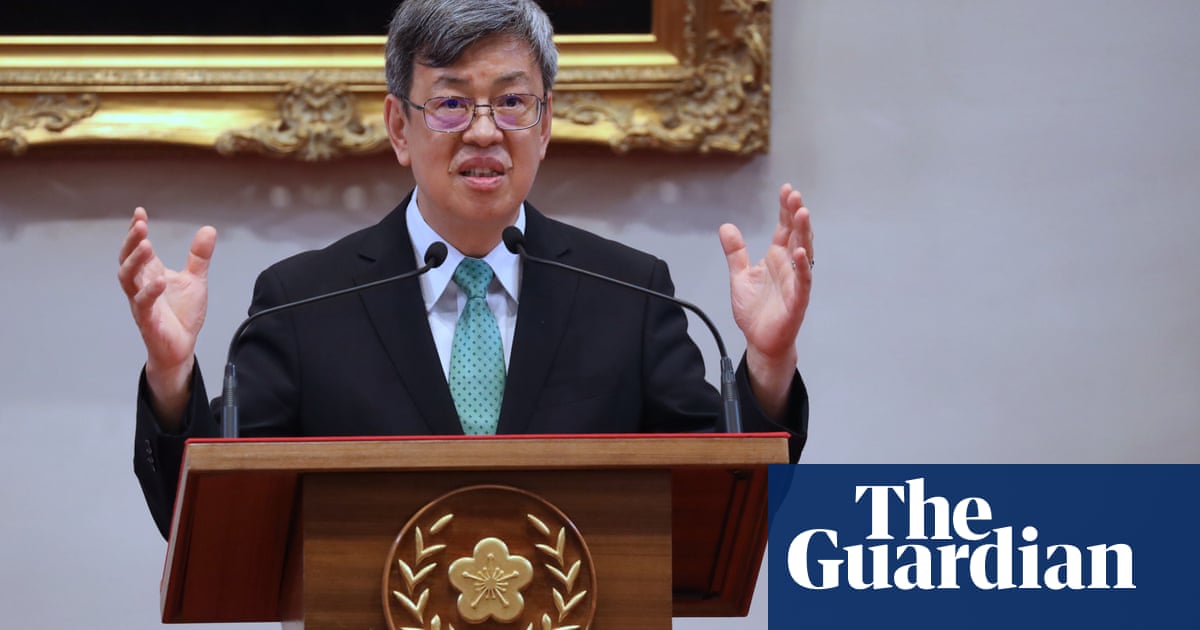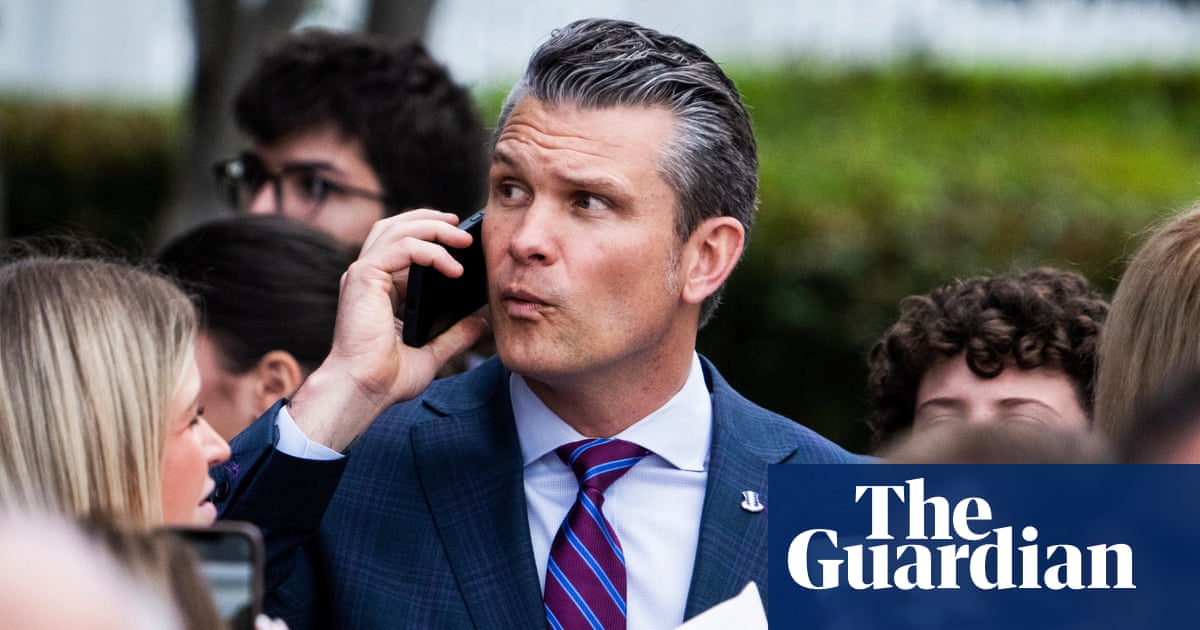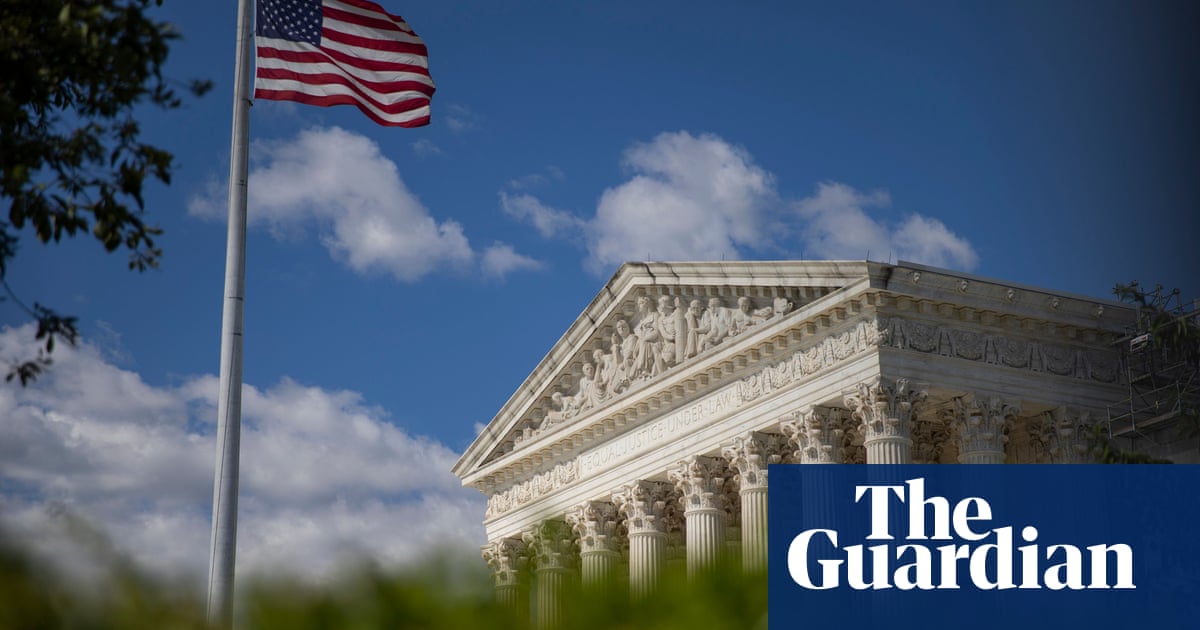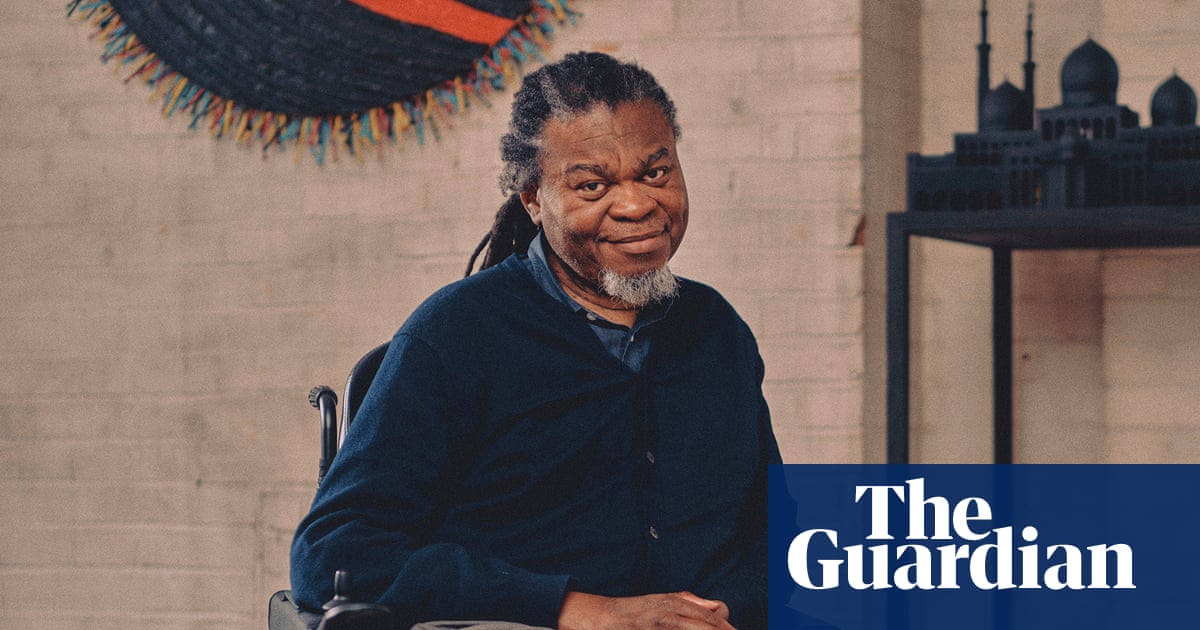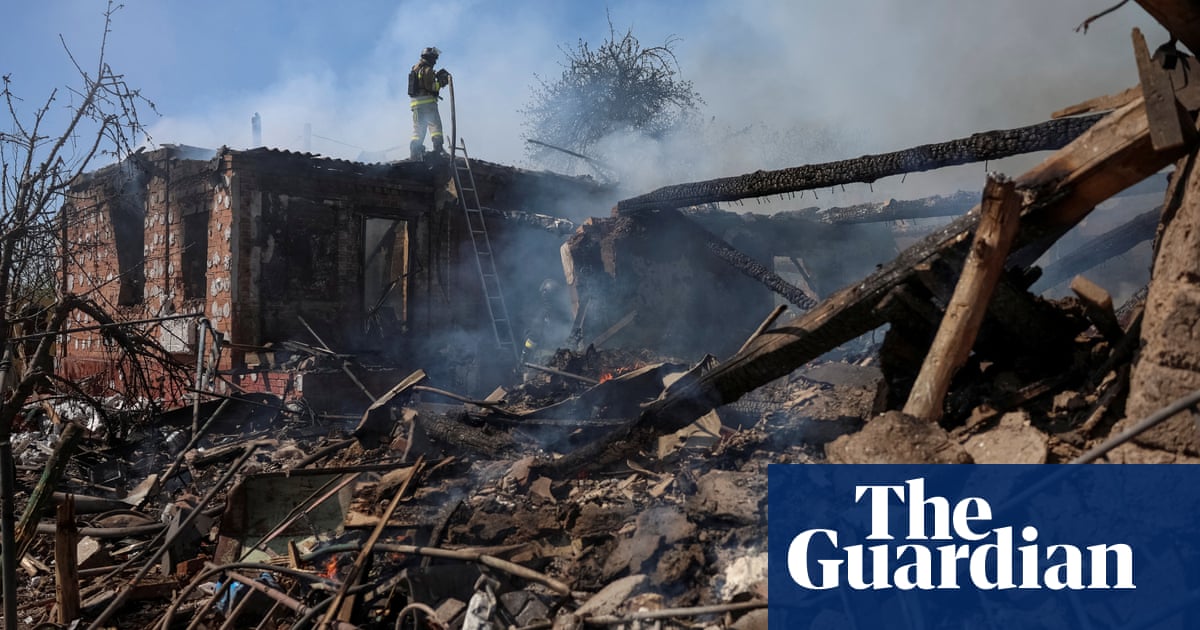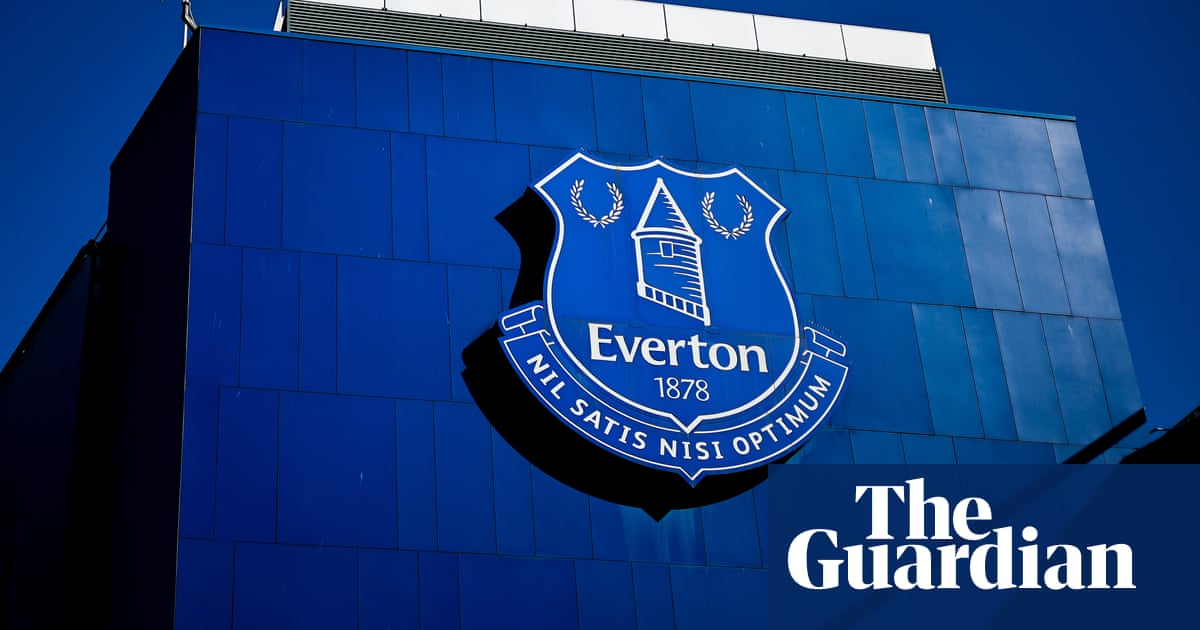Benjamin Netanyahu has flown to Washington for Donald Trump’s first meeting with a foreign leader since his return to office, due on Tuesday, amid widespread uncertainty about the parameters of the encounter.
The Israeli prime minister will arrive at a potentially pivotal moment, with negotiations on the second phase of the Gaza ceasefire supposedly due to begin on Monday. Should those talks fail, Israel could resume its offensive in early March.
Netanyahu has made a show of portraying the meeting as “a testimony to the strength of our personal friendship”. On Sunday as he boarded his plane for Washington, he listed a series of familiar talking points, including “victory over Hamas”, reshaping the Middle East and countering the threat posed by Iran.
However, the messaging from the White House is that Netanyahu is seen as a junior partner, and the few details that have emerged from Trump’s envoy Steve Witkoff’s visit to the region last week suggest Trump is pushing for adherence to a Gaza ceasefire plan that will pose political problems for Netanyahu.
Netanyahu will arrive in Washington in the midst of a disruptive new US trade war with Mexico, Canada and China and mounting chaos over the Trump administration’s efforts to downscale and purge sections of the federal government.
The New York-based Soufan Center said Trump officials had warned that “renewed fighting in the Middle East would distract the new Trump team from addressing what Trump defines as more pressing priorities”. These include “securing the southern US border from illegal migration and settling the Russia-Ukraine war”, the thinktank said.
The uncertainties overshadowing the meeting are being driven by two competing agendas. On Trump’s side is the apparent desire to have quiet in the Middle East to pursue his policy of widening the 2020 Abraham accords – in which Israel established relations with the United Arab Emirates, Bahrain and Morocco during his first term – to include Saudi Arabia. Saudi Arabia has made clear that any progress depends on an end to the conflict in Gaza or the establishment of a path towards Palestinian statehood.
On Netanyahu’s side, the objective – according to Israeli officials who briefed Axios – is to understand where Trump stands on the planned start of negotiations for the second phase of a Gaza ceasefire deal, which Netanyahu was reluctantly pushed into by Trump.
Those talks are supposed to begin on Monday, the 16th day of phase one of the ceasefire. But it now looks unlikely they will start until after the Trump-Netanyahu meeting, which has been characterised as an attempt to find a joint US-Israeli position going into the talks.
Other key issues likely to dominate the meeting are a “day after” plan for Gaza, not least how it will be run and by whom, and what position to take on Iran.
Complicating Netanyahu’s position is the fact that he has been facing mounting pressure from far-right governing partners to resume the war in Gaza after the end of the first phase of the ceasefire deal, which appears at odds with Trump’s outlook. The Israeli finance minister, Bezalel Smotrich, has threatened to quit the government if the war does not restart, potentially stripping Netanyahu of his majority.
For its part Hamas, which has quickly reasserted its control over Gaza since the ceasefire took hold last month, has said it will not release the hostages slated to go free in the second phase without an end to the war and the full withdrawal of Israeli forces.
Negotiations for the second phase of the ceasefire have already been complicated by Trump’s repeated demand that Egypt and Jordan absorb 1.5 million residents of the Gaza Strip – a demand forcefully rejected by the two countries and other Arab nations including Saudi Arabia, Qatar and the UAE.
In his previous term, Trump handed Netanyahu a series of successes, including relocation of the US embassy to Jerusalem and the signing of the Abraham accords.
But while the new Trump administration includes several pro-Israel figures expected to endorse expansion of Israeli settlements in the occupied West Bank and resist international pressure over the war in Gaza, Trump’s ambitions appear less focused on Israel than on the Gulf countries.
Eldad Shavit, a former intelligence official who worked in the prime minister’s office, said Netanyahu appeared to be balancing pressure from Trump to stick to the ceasefire and domestic opposition to the deal. “He wants to make sure Trump is on his side, but he also wants to make sure his government doesn’t collapse,” he said.
Agencies contributed to this report

.png) 2 months ago
23
2 months ago
23


